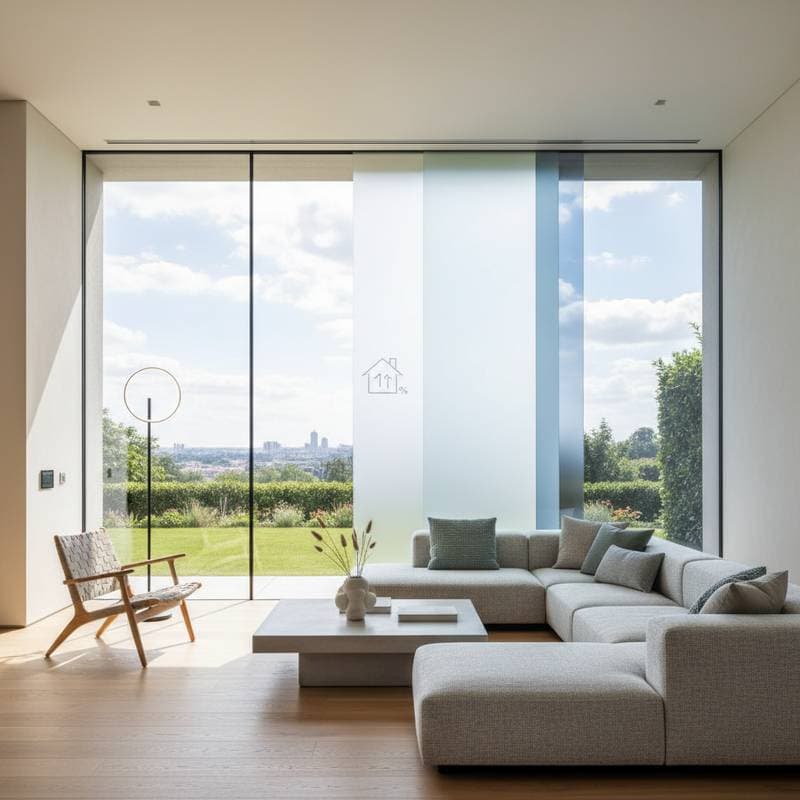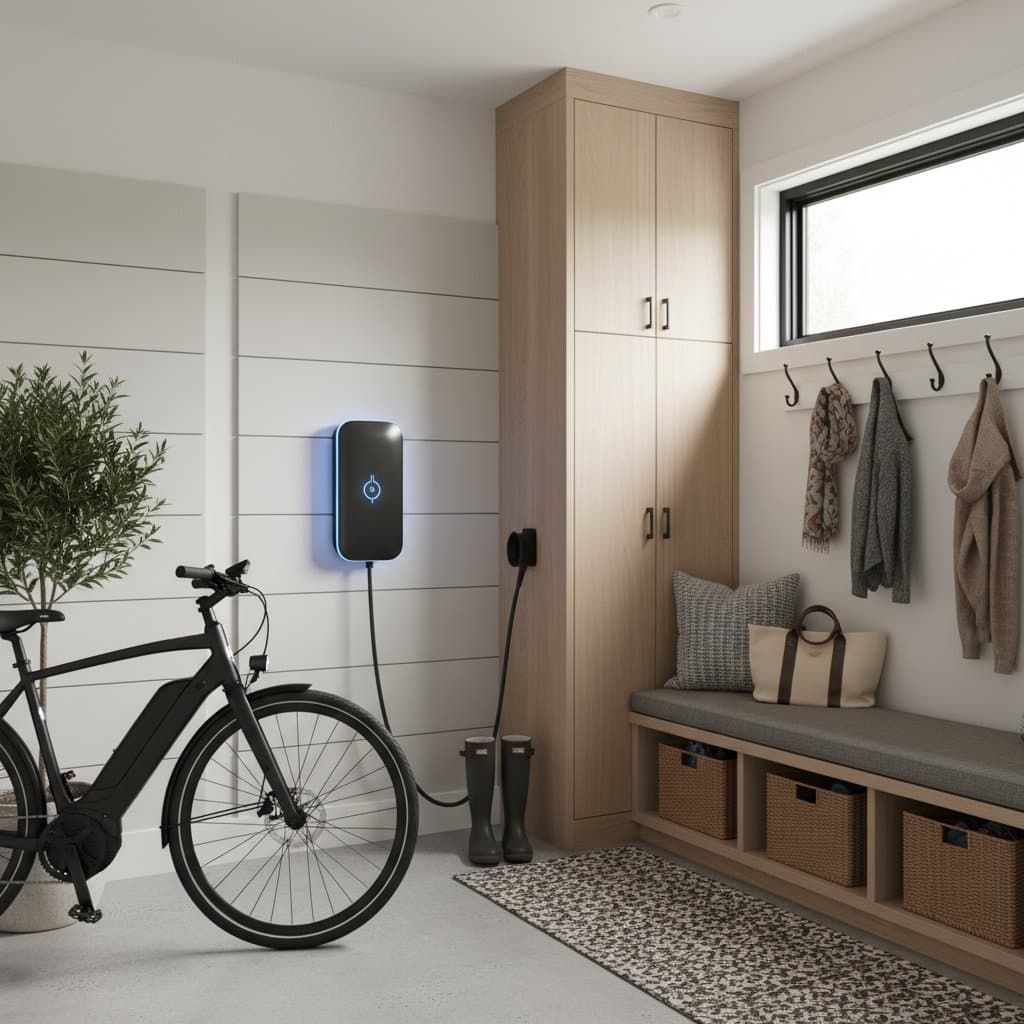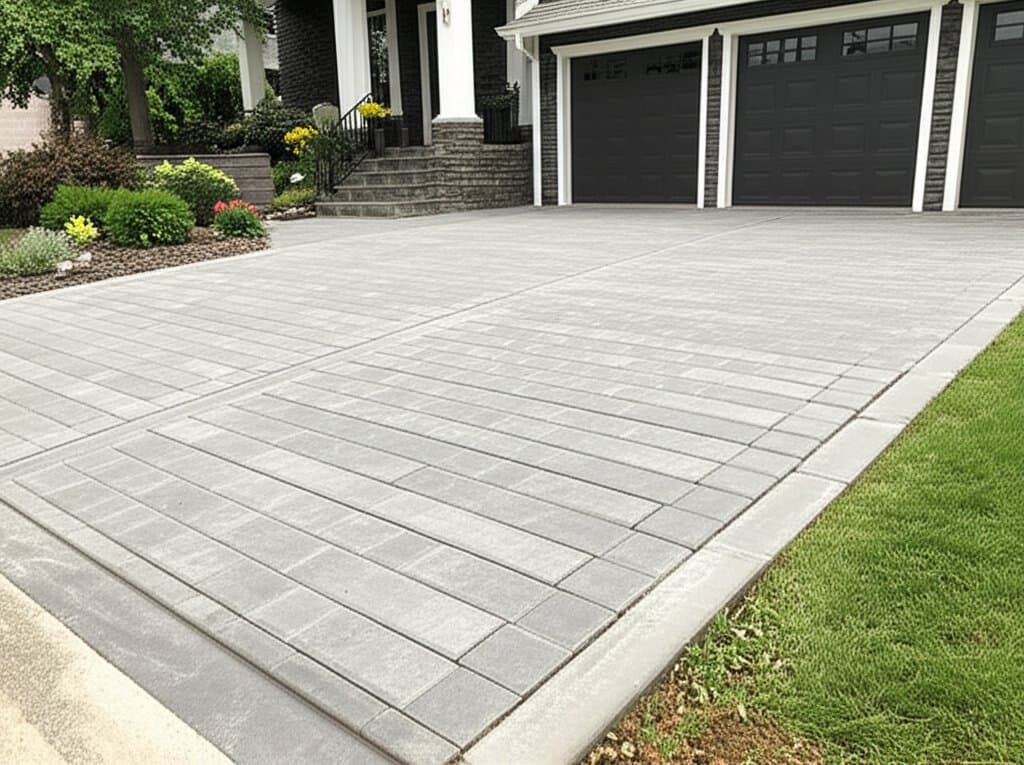Pickleball Courts: Achieving 94 Percent Return on Investment for Backyard Value
Typical return: 94 percent ROI on resale, with average installation costs ranging from $25,000 to $45,000.
Installing a backyard pickleball court ranks among the most valuable outdoor enhancements available. This addition provides opportunities for fitness and entertainment while significantly increasing resale potential. Data indicates that a properly constructed and maintained court recovers nearly its entire cost upon sale.
Factors Influencing Costs
The price of a pickleball court varies based on location, surface materials, and site preparation requirements. Early planning allows control over several key cost elements.
Surface Material Options
- Concrete slab: Costs $8 to $12 per square foot. This option offers the greatest durability and requires the least ongoing maintenance.
- Post-tension concrete: Ranges from $10 to $15 per square foot. It minimizes cracking and shifting, making it suitable for high-end installations.
- Asphalt base: Priced at $6 to $9 per square foot. Although less expensive initially, it demands more frequent resurfacing.
Surfacing Systems
Acrylic coatings provide essential grip, protection from ultraviolet rays, and customizable colors. These systems typically cost $4 to $6 per square foot. A two-layer application increases expenses but extends the surface lifespan considerably.
Fencing and Netting
A standard 10-foot chain-link fence contributes $4,000 to $8,000 to the total, influenced by the site's configuration. Permanent net posts paired with adjustable nets add $500 to $1,200.
Lighting and Drainage Features
LED lighting for nighttime use costs $3,000 to $6,000. Implementing a drainage slope or trench system adds $2,000 to $4,000, yet it safeguards the surface from water-related damage.
Site Access and Grading Considerations
Restricted access for delivery trucks or machinery can elevate excavation expenses by 10 to 20 percent. Yards with slopes might necessitate retaining walls for stability.
Permits and Engineering Needs
Local regulations frequently mandate permits for slabs exceeding specific dimensions or for lighting fixtures over 8 feet in height. Allocate $500 to $1,500 for permits and necessary surveys.
Additional Features
Elements such as seating areas, shade structures, or multi-sport court markings for basketball can increase overall costs by $3,000 to $10,000. These enhancements promote versatile use and elevate the space's appeal.
DIY Approaches Versus Professional Installation
Constructing a pickleball court appears straightforward, yet it demands exactness in drainage, slope, and surfacing to ensure longevity.
Suitable DIY Tasks
- Painting or refreshing lines with acrylic coatings.
- Setting up nets and fencing panels.
- Repairing minor surface cracks.
Essential tools include a power washer, acrylic application equipment, rollers, and precise line tape. Dedicate a full weekend to painting and allowing time for curing.
Tasks Requiring Professional Expertise
- Pouring and leveling concrete foundations.
- Wiring for lighting or electrical components.
- Handling grading and drainage installations.
- Applying multi-layer surfacing systems.
Select a licensed contractor experienced in sport courts. Errors in slope or curing processes lead to water pooling and premature surface deterioration. Verify the contractor's insurance and warranty details before proceeding.
Project Timeline and Cost-Saving Strategies
Anticipate 3 to 6 weeks from initial excavation to the final surfacing application. Weather conditions can extend curing periods, so schedule outside of heavy rainfall seasons.
Lead Times to Consider:
- Concrete or asphalt teams often require 4 to 8 weeks of advance booking.
- Acrylic coatings demand 7 to 10 days of dry weather for proper curing.
Strategies for Optimal Timing:
- Reserve services early in the year to secure lower rates before peak demand.
- Inquire about off-season discounts or bundled material packages from installers.
- Reserve an additional 10 to 15 percent of the budget for unforeseen issues, particularly in established yards with complex drainage or grading needs.
Potential Incentives: Certain municipalities provide rebates for permeable surfaces or energy-efficient LED lighting. Research local programs prior to project commencement.
Strategies to Maximize Return on Investment
Pickleball courts have evolved into a sought-after residential feature. Real estate professionals note heightened buyer enthusiasm for properties equipped with functional courts.
Key ROI Insights:
- Standard resale recovery reaches 94 percent of construction expenses.
- Returns prove higher in regions with mild climates, active lifestyles, and scarce public facilities.
- Integration with surrounding landscaping and outdoor spaces yields the strongest value appreciation.
Value-Enhancing Design Elements:
- Markings that accommodate basketball or tennis for dual functionality.
- Additions like seating, pergolas, or subtle landscaping to blend the court aesthetically.
- Fencing materials that dampen noise in confined areas.
Design Pitfalls to Sidestep:
- Inadequate drainage that results in surface cracks.
- Courts scaled too large for compact yards.
- Lighting setups that contravene local guidelines.
Avoiding Frequent Installation Errors
- Neglecting base compaction: Unstable soil leads to eventual cracking.
- Omitting control joints: Concrete slabs require expansion gaps at intervals of 10 to 12 feet.
- Selecting inappropriate paints: Employ only exterior sport-grade acrylics with ultraviolet inhibitors.
- Disregarding proper slope: Level surfaces collect water, creating hazardous slick spots.
- Failing to plan access paths: Delivery equipment demands a minimum of 8 feet in clear width.
Addressing these issues post-construction often doubles the expense. Invest time in thorough planning to verify every specification.
Steps to Launch Your Project
Begin the process with a structured approach to ensure success.
-
Measure and Outline the Area: A regulation pickleball court measures 20 by 44 feet, but allocate at least 30 by 60 feet to include buffer zones and fencing. Employ marking paint or stakes to outline the proposed footprint.
-
Obtain Multiple Quotes: Solicit estimates from regional sport court specialists. Evaluate not only pricing but also foundation depth, material choices, and warranty terms. Probe each bidder on their methods for drainage management and curing durations.
-
Address Permits and Community Input: Review municipal setback requirements and noise regulations. For properties under homeowners association oversight, secure formal approval in writing prior to construction.
-
Incorporate Utilities from the Start: When including lighting, install conduit lines before the concrete pour. Retrofitting electrical upgrades afterward incurs higher costs.
-
Verify Material Procurement: Delays in sourcing coatings or fencing persist in the market. Commit deposits solely after the contractor affirms availability and timelines.
-
Align Scheduling with Weather Patterns: Optimal results occur under dry, temperate conditions. Steer clear of extended rainy periods or severe temperature fluctuations.
-
Incorporate Practical Amenities: Integrate a compact bench or storage unit for equipment. Such features maintain an organized, inviting play area.
Realizing Lasting Benefits from Your Court
A well-executed pickleball court extends beyond financial returns to foster enduring family recreation and social gatherings. By prioritizing quality materials and expert guidance, homeowners secure a versatile asset that enhances daily life and property desirability. This investment aligns fitness with future-proofing, delivering enjoyment for years alongside substantial market value.











